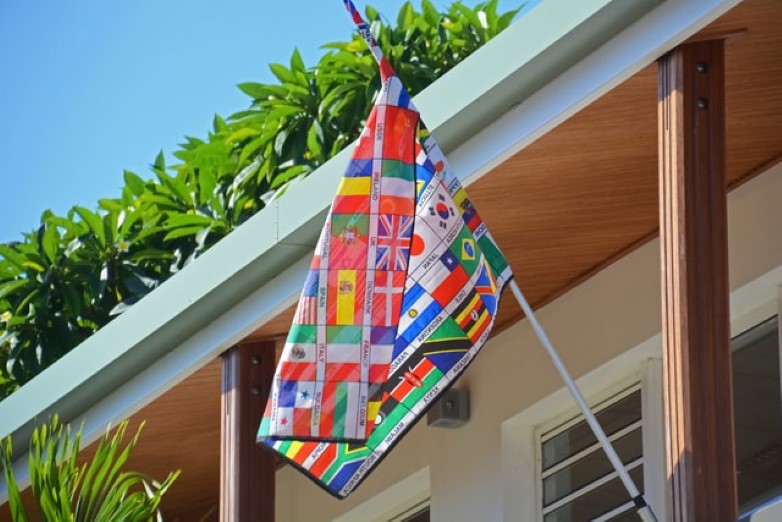In June 2019, Minesoft’s Alexander Spencer published an article in the IPPro, a magazine that is recognised as one of the most reputable media outlets in the field of intellectual property. In it, Spencer evaluates the developments made in the area of machine translations and the importance of this when it comes to patent databases; looking at where we once were, where we are now and giving us a glimpse as to where we might be heading.
At the turn of the 21st century, significant developments were made within the machine translation industry, such as the ‘Machine Translation System, Method and Program’ and the ‘Speech Recognition Text-Based Language Conversion and Text-To-Speech in a Client-Server Configuration to Enable Language Translation Devices’, patented by IBM and Nuance Communication. Unlike the machine translators of yesteryear, that solely translated words or basic phrases, the latter invention contained a speech input device that would process spoken words in the source language and translate them into the target language.
These ground-breaking devices inspired other inventions, such as the ‘Method and Apparatus for Identifying Translations,’ a tool developed by the Microsoft Corporation that was able to identify the context of the words in the source text and translate them into the target language accordingly. In the 2010s, one of the most revolutionary inventions in the field of machine translations was the ‘Presenting Translations of Text depicted in Images,’ a tool developed by Google that can translate text from within an image. The system utilises the camera of a mobile device to visualise the text in the source language.
Patent databases – why are they so important?
Without a tool such as PatBase, the patent database developed by Minesoft and RWS Group that allows users to view citations, legal status and validity as well as analyse patent data, inventors would lack the necessary information they need to develop new products.
In line with the advancements made in MT (machine translation), PatBase contains high quality translations of titles, claims, abstracts and full texts of non-Latin patent data and permits speakers of Chinese, Japanese, Korean, Russian and Thai to search for patent information in their native language. In addition, the built-in translation tool allows the user to search multiple European language variations of a keyword at the same time, across patent data from 106 countries.
The system translates billions of words of newly published content every month, and its engines are trained specifically for the purpose of patent searching, ensuring that IP researchers have the very latest information at their fingertips as soon as it is published.
In this fast-moving world, access to a global patent database, like PatBase, with high quality machine translations of full-text patent information is imperative.
PatBase was co-developed by Minesoft, a globally renowned online patent solutions provider, and RWS, a household name in the IP industry and trusted specialists in the field of IP translations.
Click here for more information.
Read Alex’s article here.

